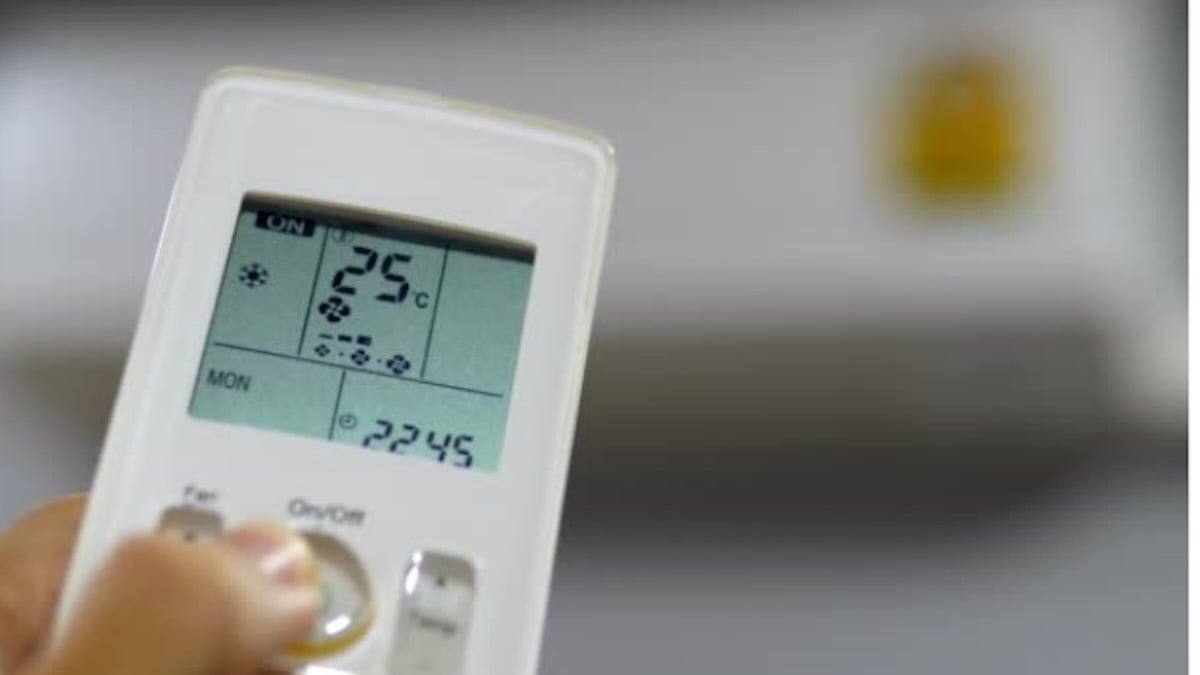“Dry” mode eliminates surplus interior moisture with minimal temperature reduction, creating spaces that feel cleaner while decreasing dampness-related problems including mold, fungus and allergen populations. Through operating compression systems and circulation units at moderate rates, it extracts water from atmosphere and redistributes less humid airflow. Apply it during sticky conditions that aren’t warm enough to warrant complete cooling. Studies repeatedly demonstrate connections between elevated indoor moisture and aggravated breathing difficulties; reducing it enhances comfort and health.
What the “Dry” function actually does
“Dry” represents a moisture-removal program integrated into numerous split and window systems. Rather than pushing spaces quickly toward low temperature targets, the equipment cycles gently to gather water on chilled evaporator components, then delivers air that feels lighter and less sticky. Since compression operates with reduced intensity compared to cooling, this setting can decrease energy consumption during temperate, humid periods while safeguarding surfaces, furnishings and fabrics from moisture harm. Consider it specialized humidity management rather than replacement for powerful cooling.
How “Dry” mode differs from cooling and fan
Cooling reduces both temperature and moisture, emphasizing rapid heat elimination. Fan merely moves air without significant drying. Dry mode exists between them: compression and circulation function at diminished capacity, concentrating on water extraction first, with temperature modification as secondary result. Spaces may cool somewhat, but the primary advantage is reduced relative moisture that frequently feels comparable to substantial temperature decrease.
What happens inside the unit
Warm, moist air travels across evaporator components, where water vapor transforms into liquid. That condensation drains through collection systems and lines, while circulation returns dehumidified air to areas. Control systems extend inactive periods and regulate fan velocity so components remain cold enough to continue gathering moisture without exceeding temperatures you consider comfortable.
Using “Dry” mode on your air conditioner
Start with your usual comfort setpoint, then enable “Dry.” Give it 15–30 minutes to show results; air will feel less sticky as relative humidity falls. If the room is only slightly warm, Dry mode may be all you need. If heat builds, switch to Cooling temporarily, then return to Dry to maintain comfort. In small bedrooms or home offices, this approach can keep conditions steady during rainy spells without the chill of continuous cooling.
Quick setup checklist
Seal windows and external doorways to prevent introducing additional moisture. Verify the drainage line remains unobstructed so accumulated water can flow away. Maintain internal doorways largely shut to assist the system in treating a specific area. Should you operate a ceiling fan, adjust it to low or medium settings so it enhances airflow without dehydrating your eyes or generating uncomfortable currents.
When Dry mode makes the biggest difference
Apply “Dry” mode when moisture levels are elevated and temperatures remain moderate—typical spring and fall conditions, seaside mornings, or rainy season afternoons. The apparent cooling increases as dampness decreases because perspiration evaporates more effectively. Individuals with sensitivities frequently experience milder symptoms when relative moisture remains within the comfort range, and woodwork, literature and musical equipment benefit from more stable environments.
When “Dry” mode is not enough
Dry mode isn’t a specialized dehumidifier. In extremely damp basements, enclosed bathrooms lacking ventilation systems, or areas with persistent water penetration, a separate dehumidifier—or preferably, moisture source management—operates quicker and more dependably. Similarly, during extremely warm periods, utilize Cooling to eliminate heat initially; after temperature becomes pleasant, “Dry” mode can assist in maintaining moisture balance.
Simple habits that reinforce dehumidification
Use exhaust fans while cooking and showering. Fix leaks promptly, and avoid drying laundry indoors without ventilation. During prolonged rain, reduce the number of times you open exterior doors. Small changes like these lower the moisture load so your unit spends less time cycling.
Limits, comparisons and seasonal timing
Across humid coastal and tropical zones, “Dry” mode can be useful most of the year; in temperate regions it shines in shoulder seasons when days feel damp but not hot. Compared with running Cooling continuously, “Dry” typically moderates energy use because the compressor runs gently and cycles off more. Compared with a dehumidifier, it’s quieter and space-saving, but it won’t pull moisture as aggressively in extreme conditions. According to building-science guidance, comfort usually improves when both temperature and humidity sit in a balanced range rather than chasing a single number; “Dry” mode supports that balance on mild, muggy days.
Practical limitations and best conditions
Anticipate moderate temperature adjustment and consistent, observable drying. Should exterior air remain cool and saturated, infiltration may reintroduce dampness—seal apparent gaps and maintain windows shut. In open-concept residences, focus on the most frequently occupied area rather than the entire level; expansive volumes force any individual system to operate harder. Should you observe pooled water in collection trays or detect gurgling sounds, arrange servicing so the equipment can continue extracting moisture effectively.
Bringing it all together for everyday comfort
Apply “Dry” mode to control moisture primarily, temperature secondarily. During sticky, temperate periods, it maintains spaces comfortable, safeguards materials and may reduce energy consumption without excessive cooling that prompts people to seek additional layers indoors. Should heat intensify or dampness overwhelm areas, modify approaches: operate Cooling to extract heat or employ a dehumidifier where continuous drying becomes necessary. Some experience—selecting appropriate modes for conditions—maximizes your air conditioning system while maintaining interior climate steady and agreeable.
